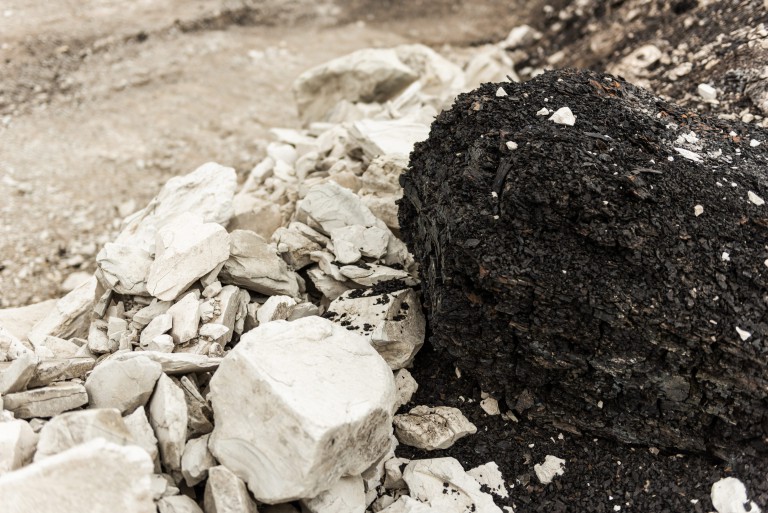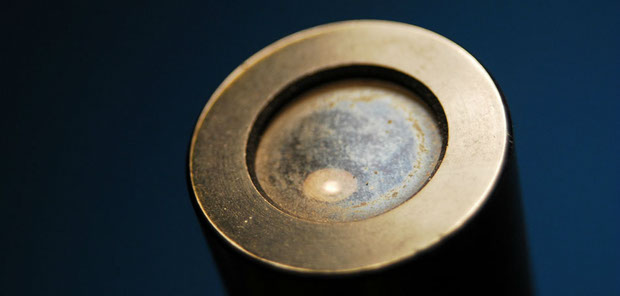Diatomaceous earth is made up of tiny, single-celled organisms known as diatoms. Diatoms have been studied for hundreds of years and have proved to be amazing organisms, serving various functions in both life and death.
Diatoms were discovered in 1702 by Anton van Leeuwenhoek. It was thought that these organisms were tiny animals however, in the 19th century biologists concluded that diatoms are in fact plants, due to the fact that they perform photosynthesis.
Many years ago, in a June 1979 Edition of National Geographic, Richard B. Hoover published an intriguing article about his research on diatoms. Richard traveled the world, examining diatoms and collecting new species. Throughout his travels he saw and learned many things about these extraordinary organisms. Here is a summary of some of the most interesting facts revealed in Richard’s report.
One of the most interesting discoveries mentioned in this paper occurred while Richard was studying a diatom collection in Belgium. He added water to diatoms that had been dried on paper in 1834. Much to his surprise, they were revived by the water and began to swim around – after nearly 150 years!
There has been found to be more than twenty-five thousand species of diatoms, none of which have the same shell. They exist in large numbers in most bodies of water throughout the world. In fact, just one liter of seawater can contain as many as ten million diatoms! Diatoms are the most abundant type of phytoplankton, with the greatest numbers existing in cold oceans.
Diatoms can thrive wherever there is light, water, carbon dioxide, and necessary nutrients. They can be found all across the world, from cold Rocky Mountain streams to thermal springs in Arkansas to polluted pools and road side ditches. In some cases diatoms can even live out of the water. In moist conditions, they are able to live in topsoil, or attached to moss, tree trunks and even brick walls. Diatoms are very resilient and can endure lengthy droughts.
Diatoms vary greatly in size, with the largest measuring only one millimeter across. Two basic forms of these organisms exist. They are known as Centrales and Pennales. Centrales have markings, rows of pores or spines, that exist in perfect symmetry. Most often Centrales live in oceans and are wheel-shaped. They can typically be found drifting near the surface, basking in sunlight and absorbing nutrients. The other type is known as Pennales. Pennales tend to be elongated and have markings in bilateral rows. For the most part, Pennales live in fresh water streams, swamps, ditches, or on the bottoms of shallow regions of oceans and estuaries.
On the tidal sand flats of Cape Cod exists one of the most fascinating species of diatoms. Known as Hantzschia virgata, this species bury themselves in the sand when the tide is. Just after the tide goes out, the diatoms glide to the surface in order to sunbathe. What is so remarkable about this species is that they know precisely when to bury themselves back in to the sand, retreating just moments before the tide returns, saving themselves from being washed out to sea. In fact, it was discovered that even after keeping these diatoms for weeks in a laboratory, under constant light, their impeccable timing remained constant, as they continued to dig in and out of the sand with such amazing accuracy that their actions could be used to predict the tide.
Diatoms are also impressive shell builders. They transform dissolved silicon into a silica almost identical to the gemstone opal. Diatoms contribute enormous amounts of oxygen to our atmosphere and even offer various functions when dead, as diatomaceous earth.
Huge numbers of diatoms die and sink to the bottom of river, lake and ocean beds. In some areas sea floors can be covered in a layer as deep as 984 feet (300 meters)! Over many years these layers of dead diatoms fossilize and become rich deposits of diatomaceous earth, or diatomite.
Image by Chandler Abraham


